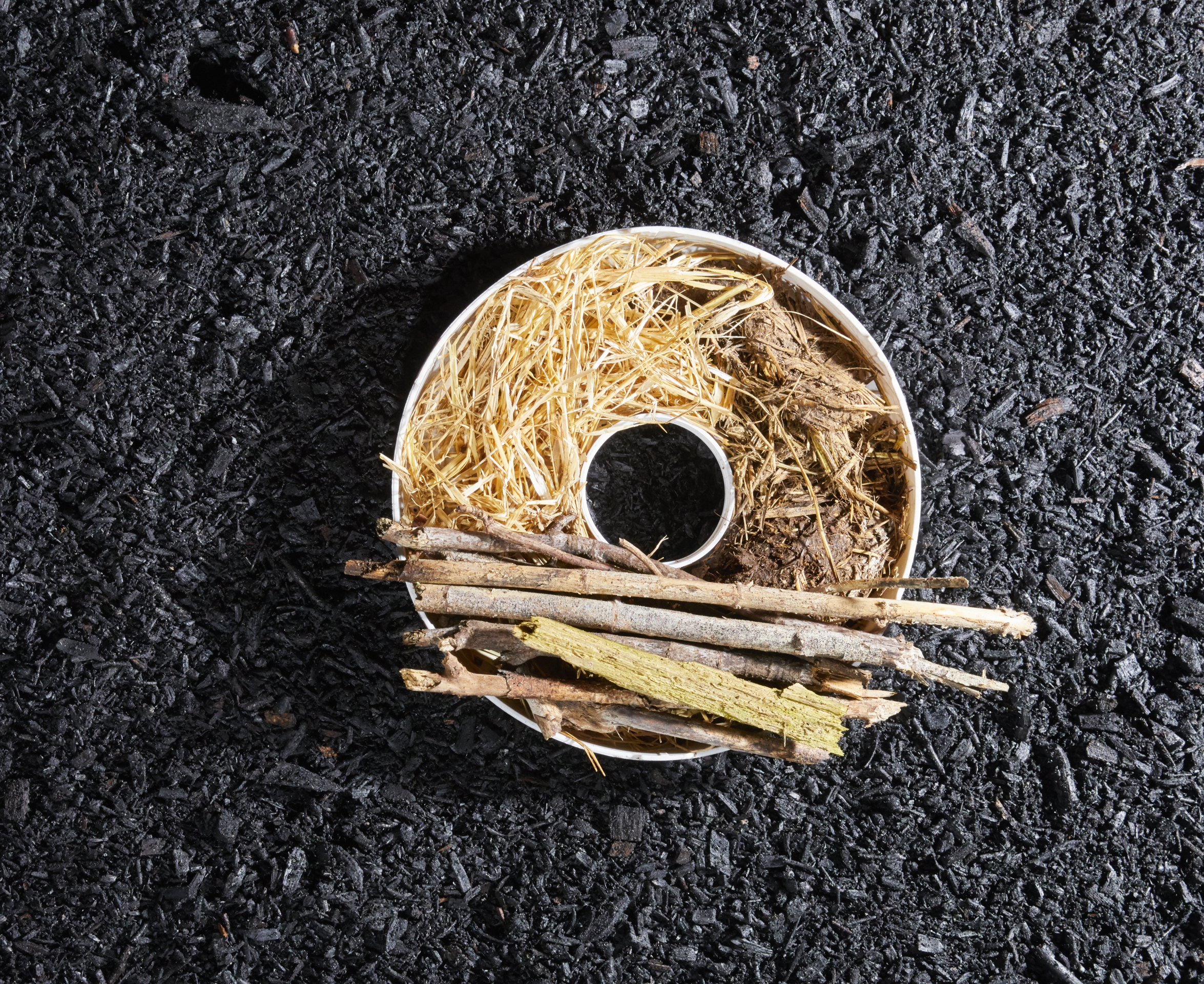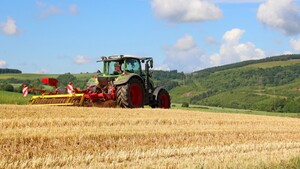Fields of application
There is a wide range of possible applications for biochar in agriculture.
Spreading on arable land to increase yields and combat drought
A number of studies have investigated the positive effects of biochar in relation to humus build-up, the associated plant growth and yield increase.
The sponge-like structure of the biochar helps to counteract the increasing dryness in the summer months.
Addition to stable bedding to extend the replacement interval
Biochar can easily be added to the stable bedding. This results in an extension of the replacement interval, which in turn leads to savings.
In addition, by mixing it with the stable bedding, it provides a convenient way of spreading the biochar on the arable land.
Feed additive to improve animal health
As a feed additive, biochar improves animal health. As a result, the administration of antibiotics can often be dispensed with. The number of diarrhoeal diseases is reduced.
Mixed into slurry to reduce odour emissions
When mixed into slurry, biochar helps to reduce ammonia and odour emissions. At the same time, the biochar becomes charged with nutrients.
Raw material
As a result of local relationships, often developed over many years, in the local community or municipality and with other entrepreneurs in the region, farmers usually have several sources of raw materials. In addition, they have sources of raw materials on their own farms that can be used.

Typical raw materials available in agriculture include:
- Wood chips
- Residual material from landscape conservation
- Digestate from the biogas plant
- Husks, grain cleaning and stalk-like residues
